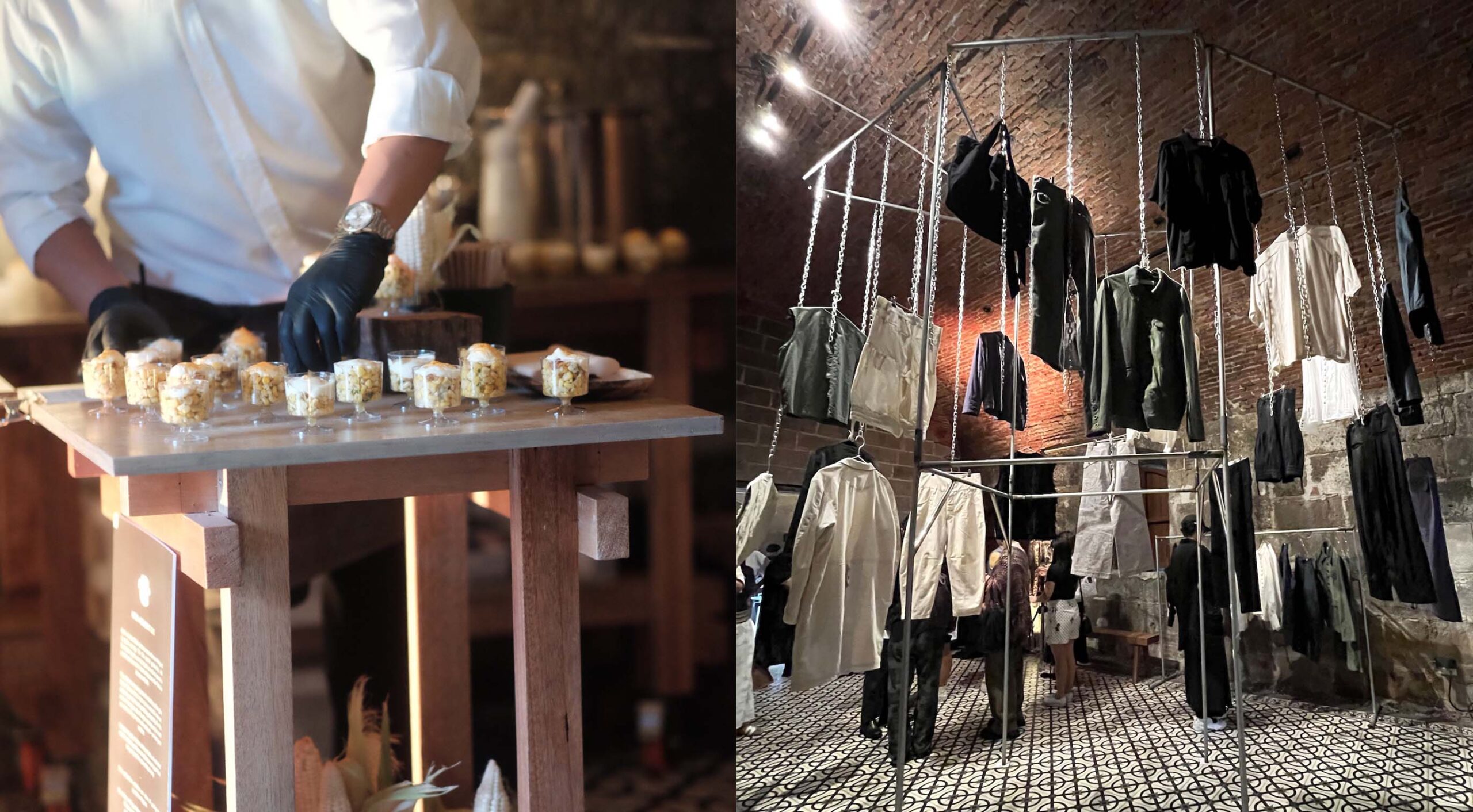Docking into the clear waters of Club Paradise Palawan, a sustainable resort sheltered on the 19-hectare Dimakya Island, one would see a school of matambaka fish protruding like a mass of dark matter from the warm, turquoise waters. Matambaka, a local variety of fish, says one of the locals working for the resort, is also consumed as food. Several kilometers away in Kabilawan Bay, Tagbanua tribesmen bob like seals, scouring a small search area to catch octopus using improvised jigs that serve as booby traps. Cards, a Coron native, shares that after snagging as much as 15 kilos of octopus, the Tagbanuas sell them in the town market.
Foraging for whatever is readily available in the environment has always been the natural order of things but the growing developments and dependence on tourism have rewritten daily life for locals, even the Tagabanuans themselves.
At the foot of the hill prior to the hike up the secluded Kayangan Lake where several Tagbanuan families co-exist, life has taken a sharp turn since tourists were allowed. Palawan has long been considered an apex destination in the Philippines, but it wasn’t until 2001 that Coron’s restrained beauty was opened to tourists by the Tagbanua tribe, the ancestral owners of the land and the surrounding waters. Magnificent stretches of white coastlines, limestone cliffs, and immaculately clean lakes, some of which are closed off to the public, are perhaps the island’s greatest attributes. Much of the income they generate these days come from fees collected from visitors looking to explore ancient attractions within the Tagbanuan territory; these payments in turn fund community projects and afford Tagbanuans access to education.
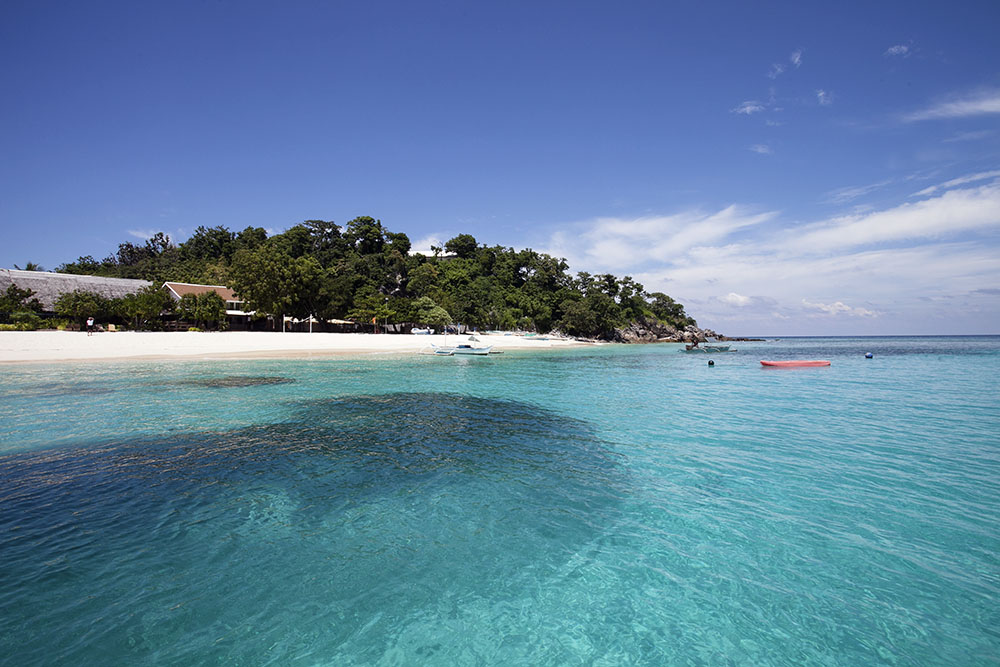
Their lifestyle has also been influenced by the outside world in that foraging for native crops—like korot, which can be toxic when not prepared properly—fishing, and harvesting cashew nuts and seaweed have been gradually supplanted by trips to the town market for more convenient options. That’s not to say that old customs don’t exist anymore. They still do, and the elder council, tourism sector and many advocacy groups are working hard to strike a balance between fulfilling tourist demands and safeguarding the place’s cultural context.
Sustainable tourism is apparent here and it’s a style that locals are diligently perfecting and owning. Since the proliferation of resorts, they have found more viable employment prospects to support their families that traditional livelihood otherwise couldn’t. “Malaking tulong talaga ‘yung mga resorts,” echoes Cards. ‶Kasi kapag may bagyo, wala kang saka, mahirap magbenta.”
Foraging for whatever is readily available in the environment has always been the natural order of things but the growing developments and dependence on tourism have rewritten daily life for locals, even the Tagabanuans themselves.
Coron’s tourism method has much to do with the middle path it walks between maintaining what exists and promoting what is favorable to their economy. Somewhere between the potential for financial growth and the contained threat of commercialization, several key figures have crafted a subtly deconstructed approach to find the right headspace for cultural preservation and socio-economic opportunities.
One of them is sixth-generation Coron citizen Al Linsangan III, a pioneer in Coron’s eco-tourism initiative and executive director of the Coron and Calamianes Cultural Conservation Networks, Inc. Inspired by author and adviser Susan Santos de Cardenas, The Coron Initiative “wants to establish a green print for sustainable tourism,” says Linsangan, stressing that the United Nations-backed enterprise enables frontliners like hoteliers, tour operators, guides, and restaurateurs to adopt a framework that is beneficial to Coron and its inhabitants.
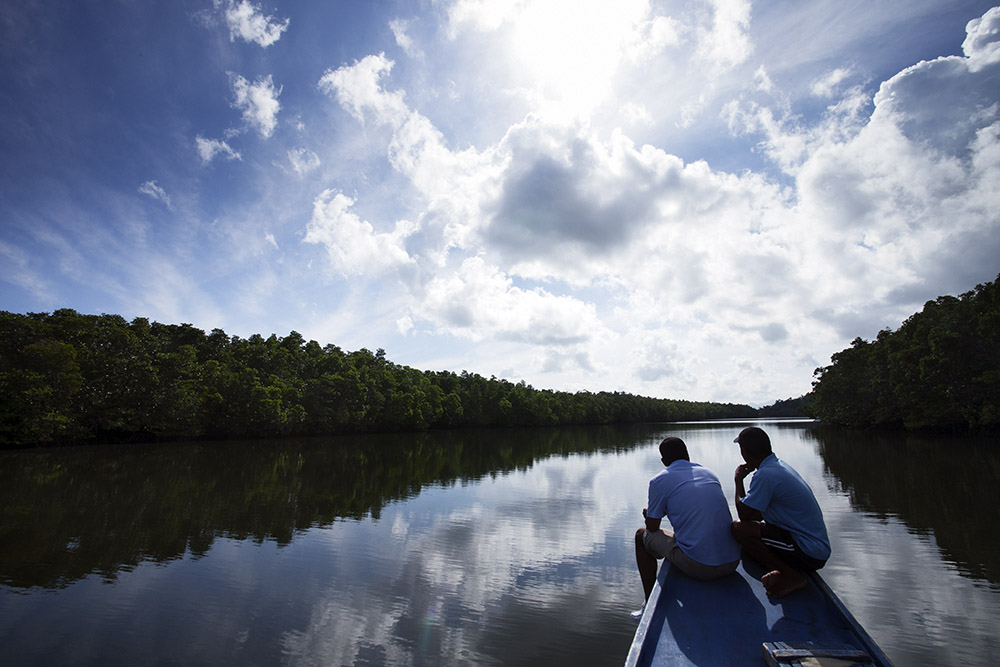
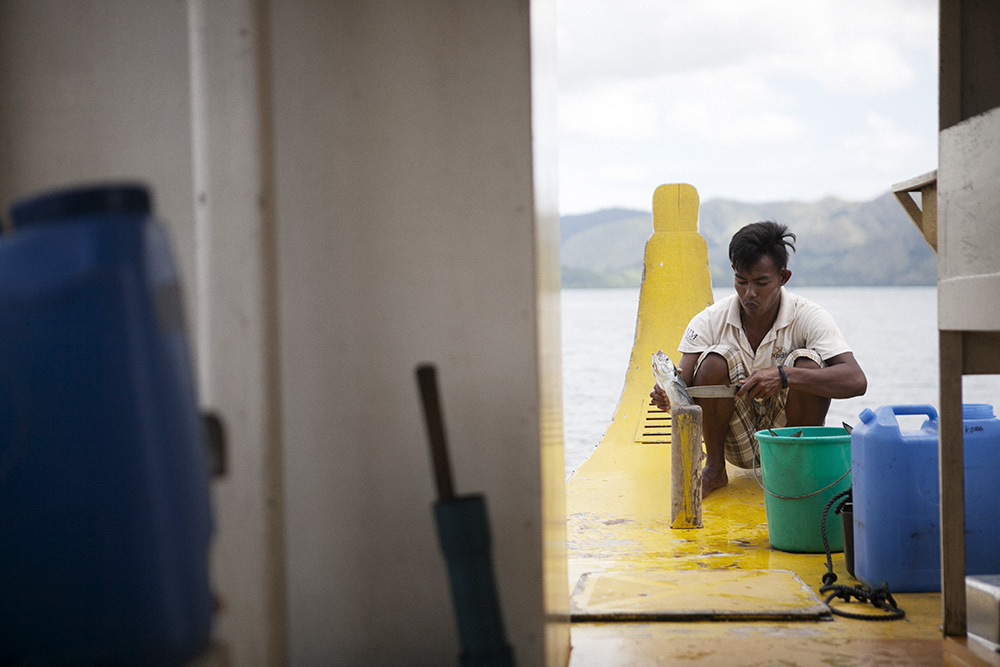
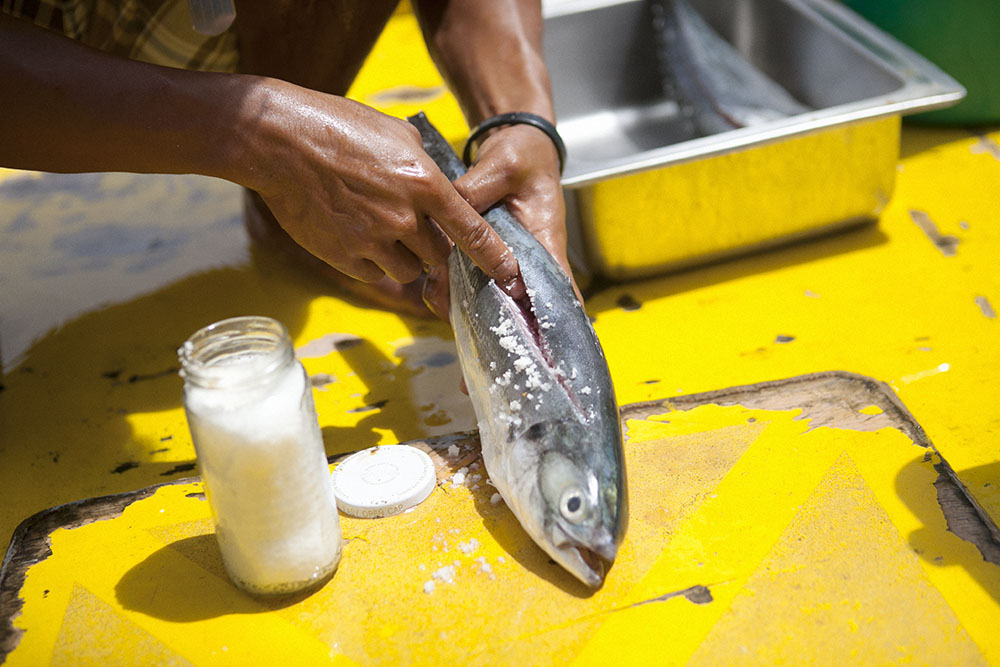
Even before the ideology was coined, Linsangan had already developed a fascination for environmental sustainability. “Ang nag-ignite sa akin ay mga illegal fishermen. Instead na isumbong or ipakulong sila, we involve them in tourism.”
“Nung nag-guide ako way back in 2000, pag-alis namin sa destinations, sinisira naman ng mga illegal fishermen. Sabi ko, after several years, ubos na ‘to. Ubos na ‘yung fish, wala pa kaming turismo. So I immersed myself in the community for two years and lived with the Tagbanuas. There was a transformation after two years. It started with two families, then it became five, 18, 40, and now we’re 168 families,” says Linsangan, who eventually formed the Sustainable Calamianes Eco-Tourism Cooperative. The advent of preservationist practices has instilled confidence among the nearly 50,000 residents (based on the 2010 census) as well as the stakeholders that have invested in integrating the community within the ecosystem.
“The boats used for tours are a social enterprise. One boat represents seven to nine families so the income generated by that single vessel is shared across those families,” says Al Linsangan.
“For example, the boats used for tours are a social enterprise. One boat represents seven to nine families so the income generated by that single vessel is shared across those families,” says Linsangan. Annie Dela Cruz of Barangay Quezon, Busuanga is another example. On occasion, she visits Club Paradise Palawan to peddle the fresh catch of the day including a variety of fish, prawns and crabs harvested every 21 days from the mangroves lining their community.
But with the abundance of fresh ingredients, Coron cuisine remains to be fragmented compared to the illustrious food scene that has reinvented success for regions like Bicol and Ilocos. Coron has a clutch of homegrown dishes like manla, where a scorpion-like crustacean caught in mud is cooked with coconut milk, taro, ginger and water spinach or kangkong according to Linsangan. Yet the influx of foreign tourists might have something to do with why restaurants opt to offer familiar menus.
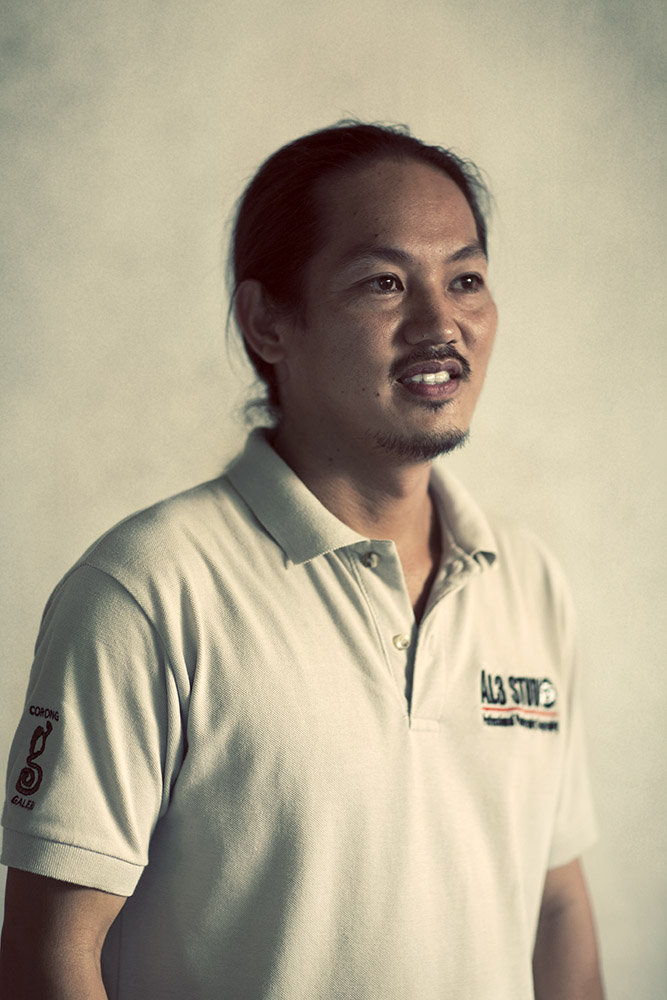
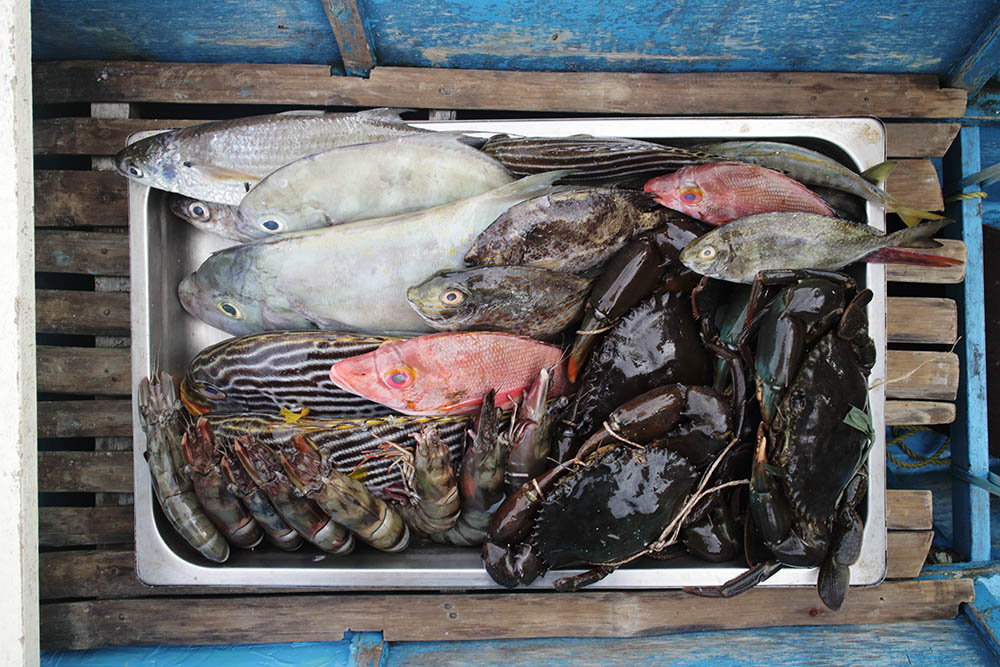
On the surface, Coron’s challenge is to protect its old-world character from the homogenizing effects of commercialization; beyond that, reinforcing classic Coron cuisine will undoubtedly add a new dimension to the town’s charm. Its future in sustainable tourism, however, depends on being able to come to terms with pressing issues and awakening opportunities. Still, Coron’s voice remains captivatingly commanding in its frailty, soulful despite undergoing a period of transition.
Originally published in F&B Report Vol. 12 Special Issue















